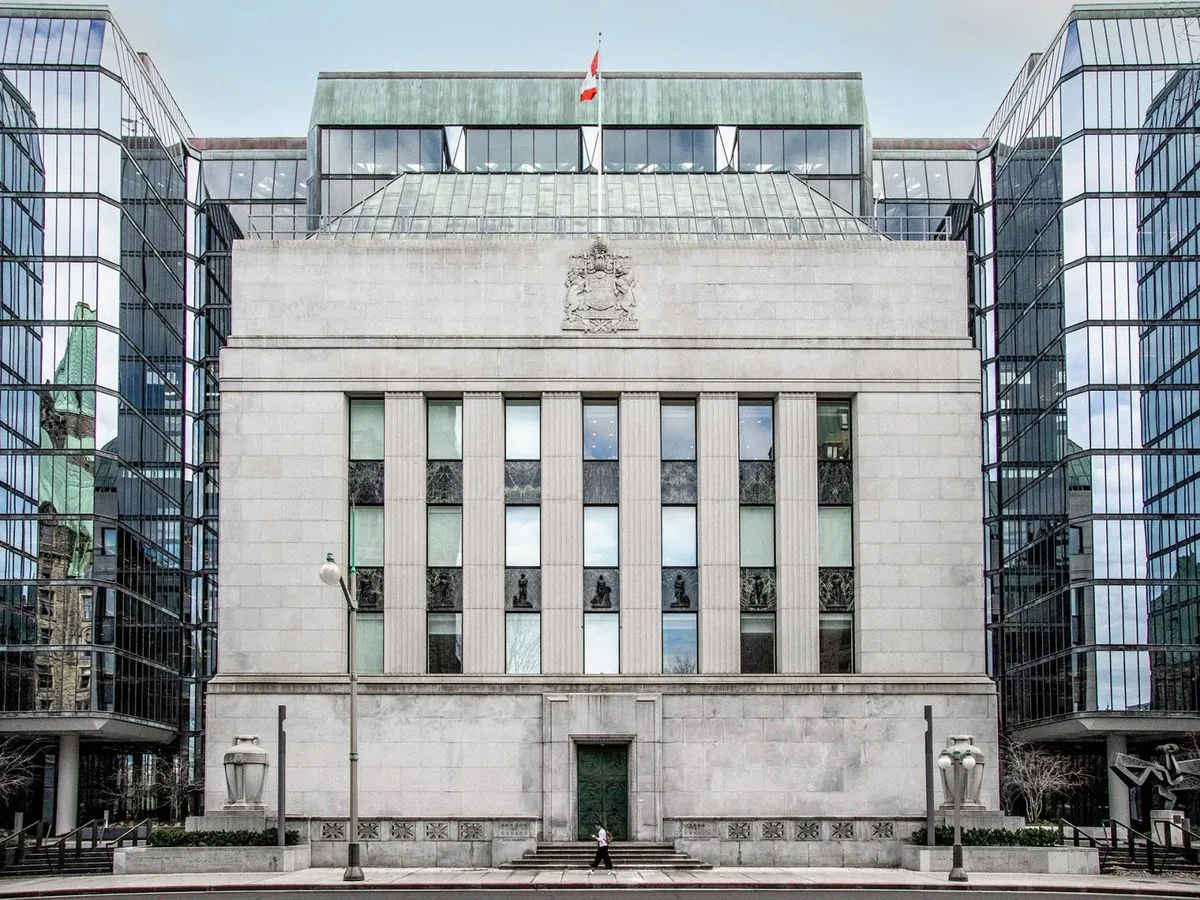Credit Guidance: A Key Tool for Accelerating Green Transition
Explore how credit guidance can align finance with ecological goals, accelerate decarbonization, and control inflation. This policy tool offers a promising solution to the slow progress in achieving climate objectives.

The global effort to reduce carbon emissions is progressing at an alarmingly slow pace, even in the most advanced economies. Despite the Paris Agreement objectives set in 2015, high-income nations are falling short of their emission reduction targets. A significant factor contributing to this sluggish progress is the persistent profitability gap between fossil fuels and renewable energy sources.
Fossil fuel investments continue to yield returns approximately three times higher than those in renewables. This disparity is largely due to the monopolistic nature of the fossil fuel industry, contrasting with the highly competitive renewable sector. Consequently, commercial banks, driven by profit motives rather than ecological considerations, allocate capital to environmentally harmful sectors such as SUVs, fast fashion, and industrial animal farming.

To address this critical issue, experts propose implementing credit guidance policies. This approach involves central banks directing credit flows towards socially and ecologically beneficial sectors while limiting funding to destructive industries. Credit guidance has a proven track record, having been extensively used in the post-war period to boost industrial capacity, expand welfare systems, and accelerate technological innovation.
"Credit guidance can be used to accelerate an effective green transition."
The potential benefits of credit guidance extend beyond environmental concerns. It can serve as a precise tool for inflation control, addressing the limitations of conventional monetary policies. In the wake of Russia's invasion of Ukraine in February 2022, which exacerbated inflationary pressures, the effectiveness of traditional central bank tools has been called into question.
Credit guidance offers a more targeted approach to maintaining price stability compared to broad interest rate adjustments. It allows for the regulation of specific commodities where demand exceeds supply, potentially mitigating what economist Isabella Weber terms "sellers' inflation."
Furthermore, credit guidance can help prevent debt bubbles by setting conditions to limit lending to financially unstable entities. Had such measures been in place in the United States at the turn of the century, they might have averted the subprime mortgage crisis that occurred between 2007 and 2010.
Critics argue that credit guidance compromises central bank independence, a core mandate of modern monetary institutions. However, the concept of central bank neutrality has been increasingly challenged since the 1990s. The European Central Bank's quantitative easing programs during the European debt crisis and the COVID-19 pandemic have blurred the lines between monetary and economic policy.
In light of these developments, there is a growing call to align central banks more transparently with democratically determined social and ecological objectives. The 21st century's challenges, characterized by fiat currency systems and high private debt levels, necessitate a reevaluation of central banks' roles.
While credit guidance is not a panacea, it represents a crucial tool in channeling private capital towards urgent ecological objectives. It complements other necessary measures, such as safety and labor standards, and public investment in essential services. As John Maynard Keynes advocated for the socialization of investment, credit guidance can be seen as a modern extension of this principle.
In conclusion, the implementation of credit guidance policies has become an existential necessity in the face of pressing environmental challenges. By empowering governments to direct financial flows towards green initiatives and away from harmful industries, credit guidance offers a promising path to accelerate the transition to a sustainable economy.


































